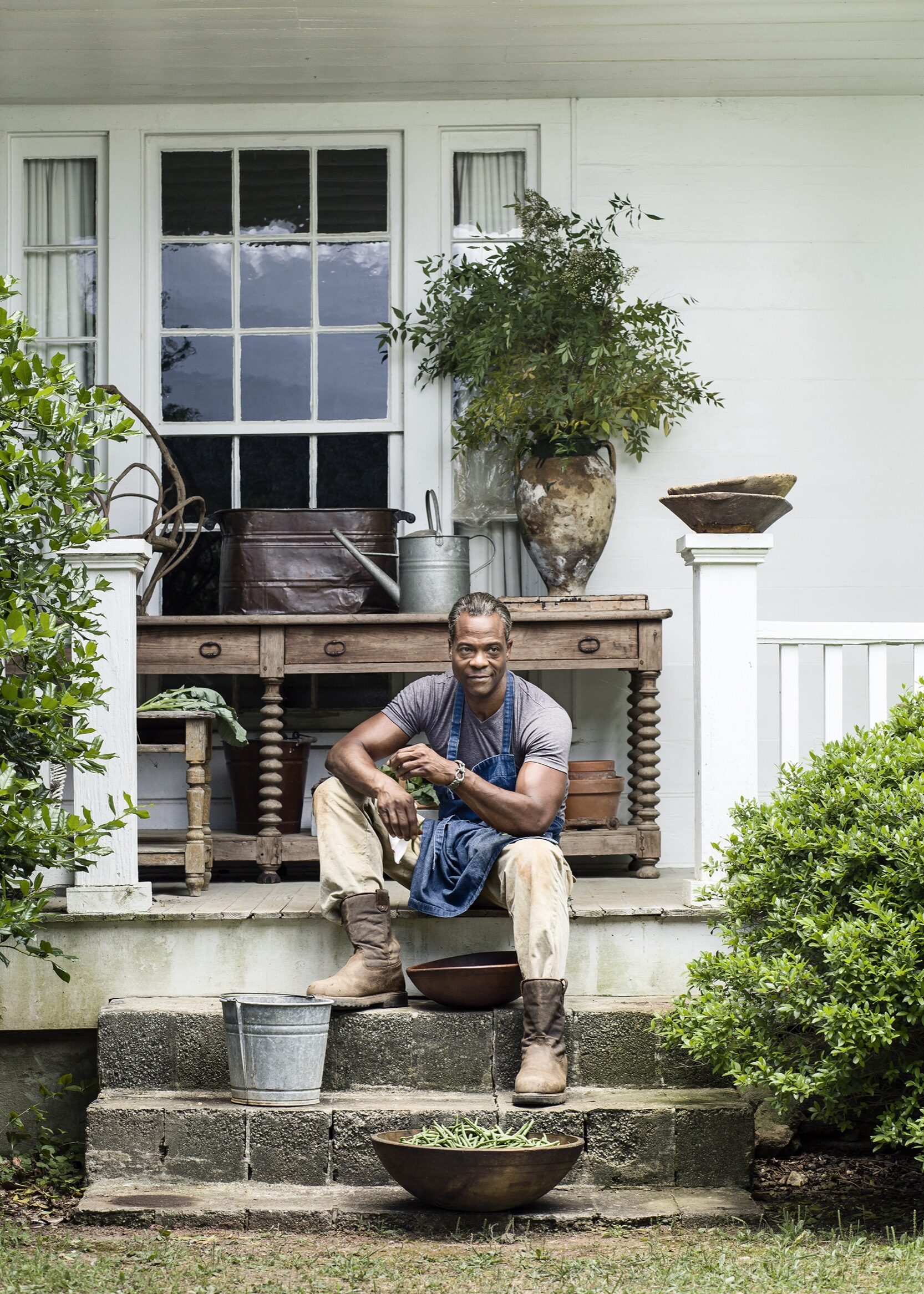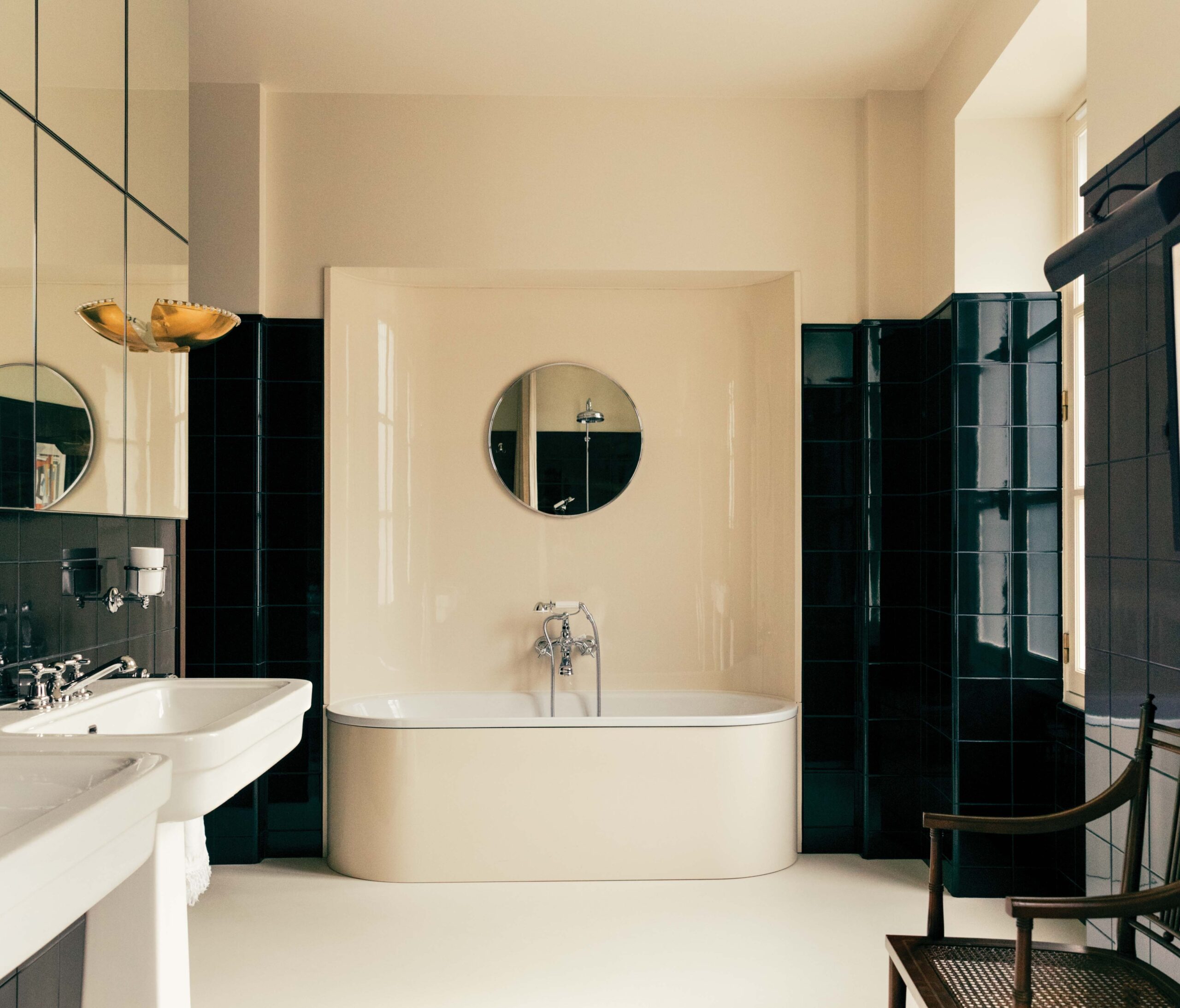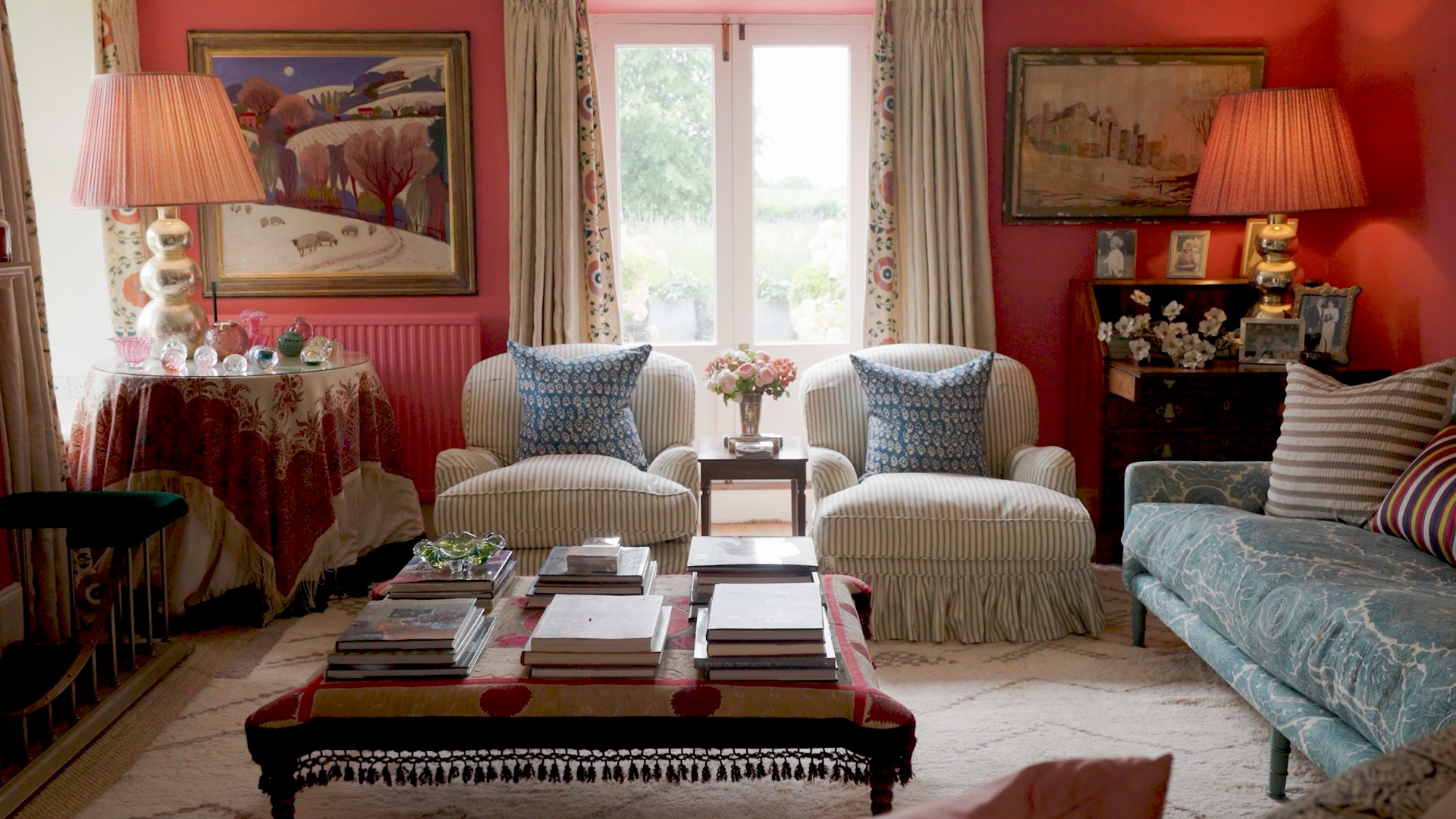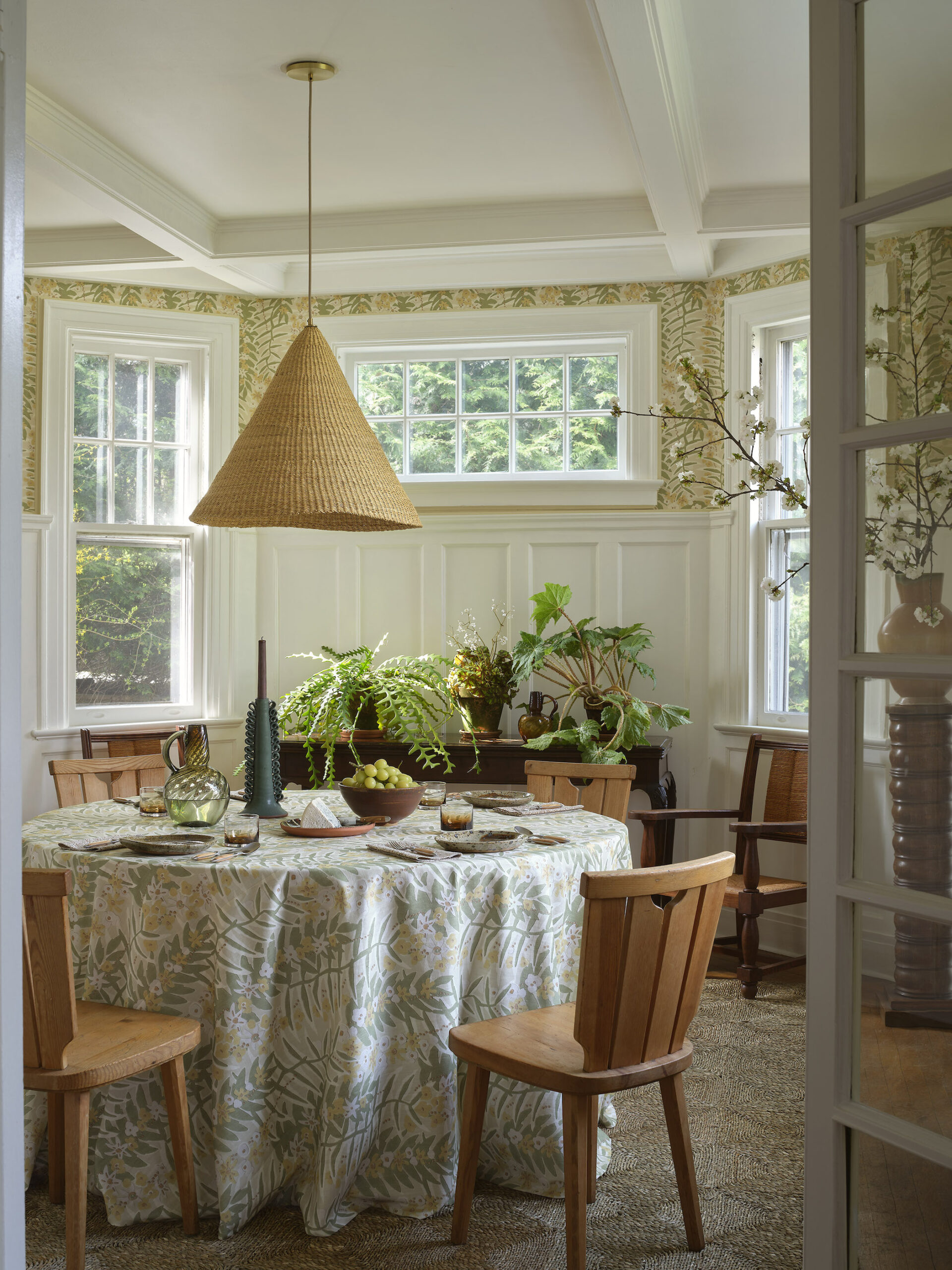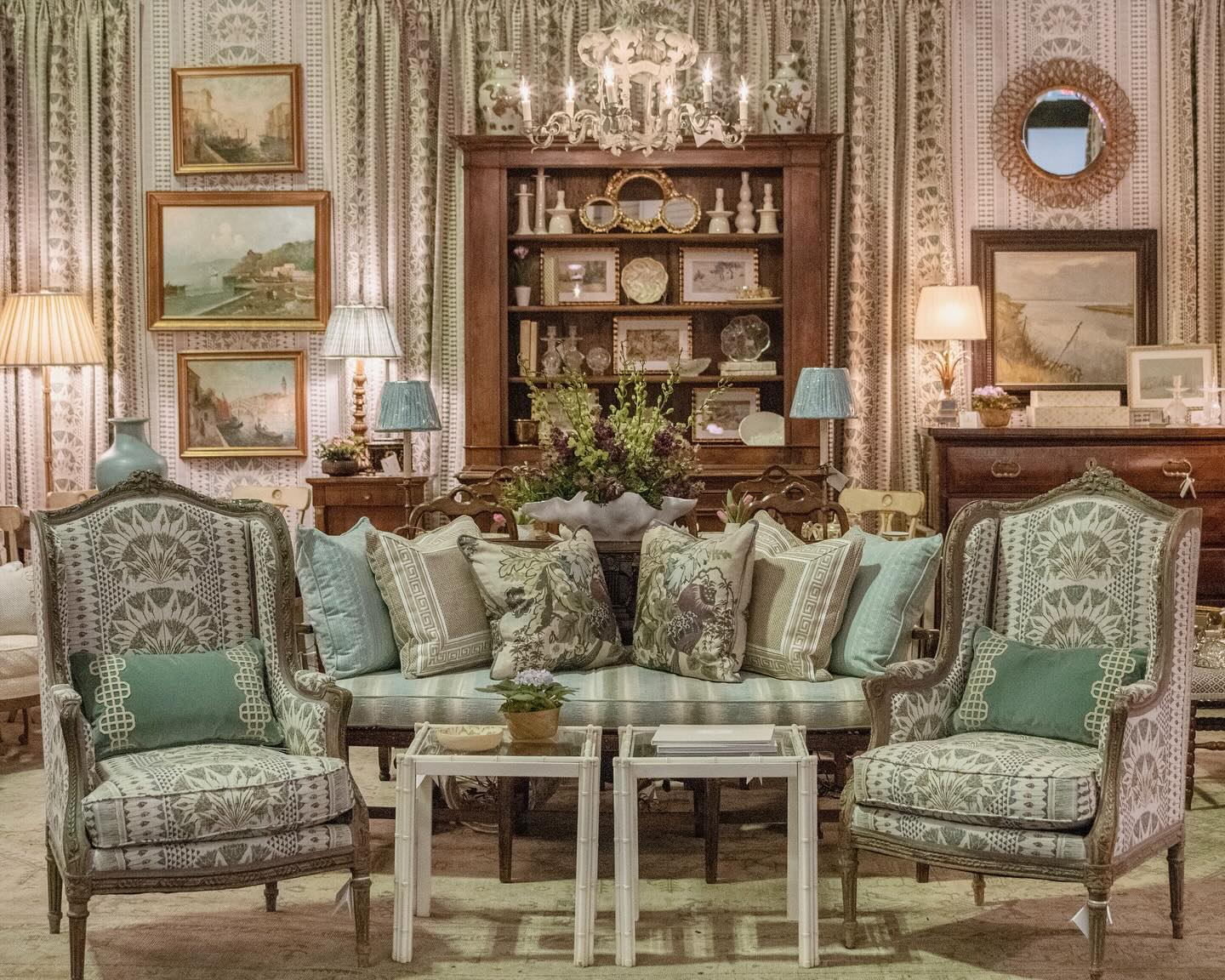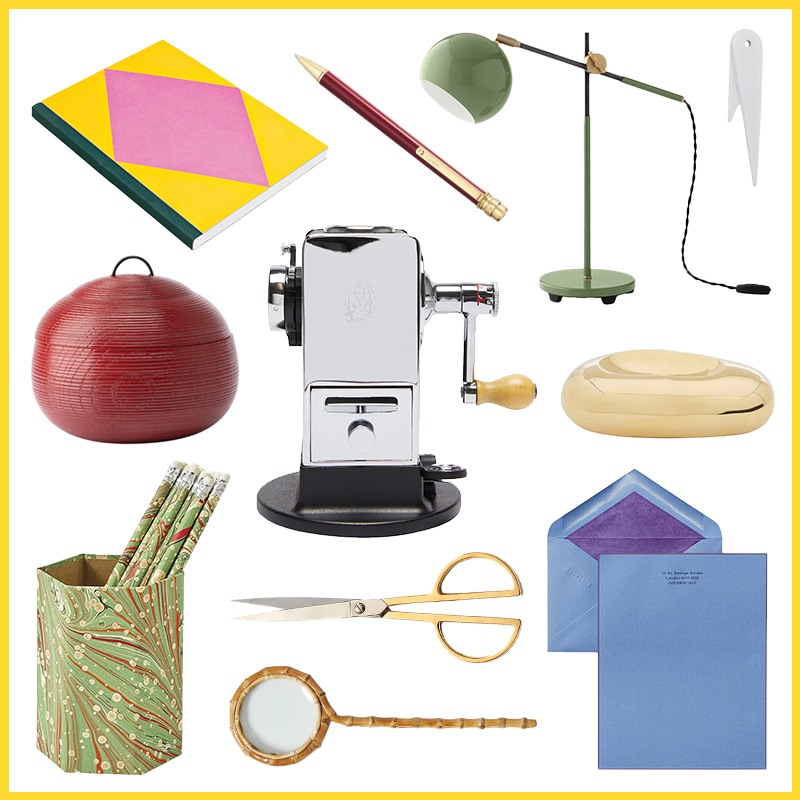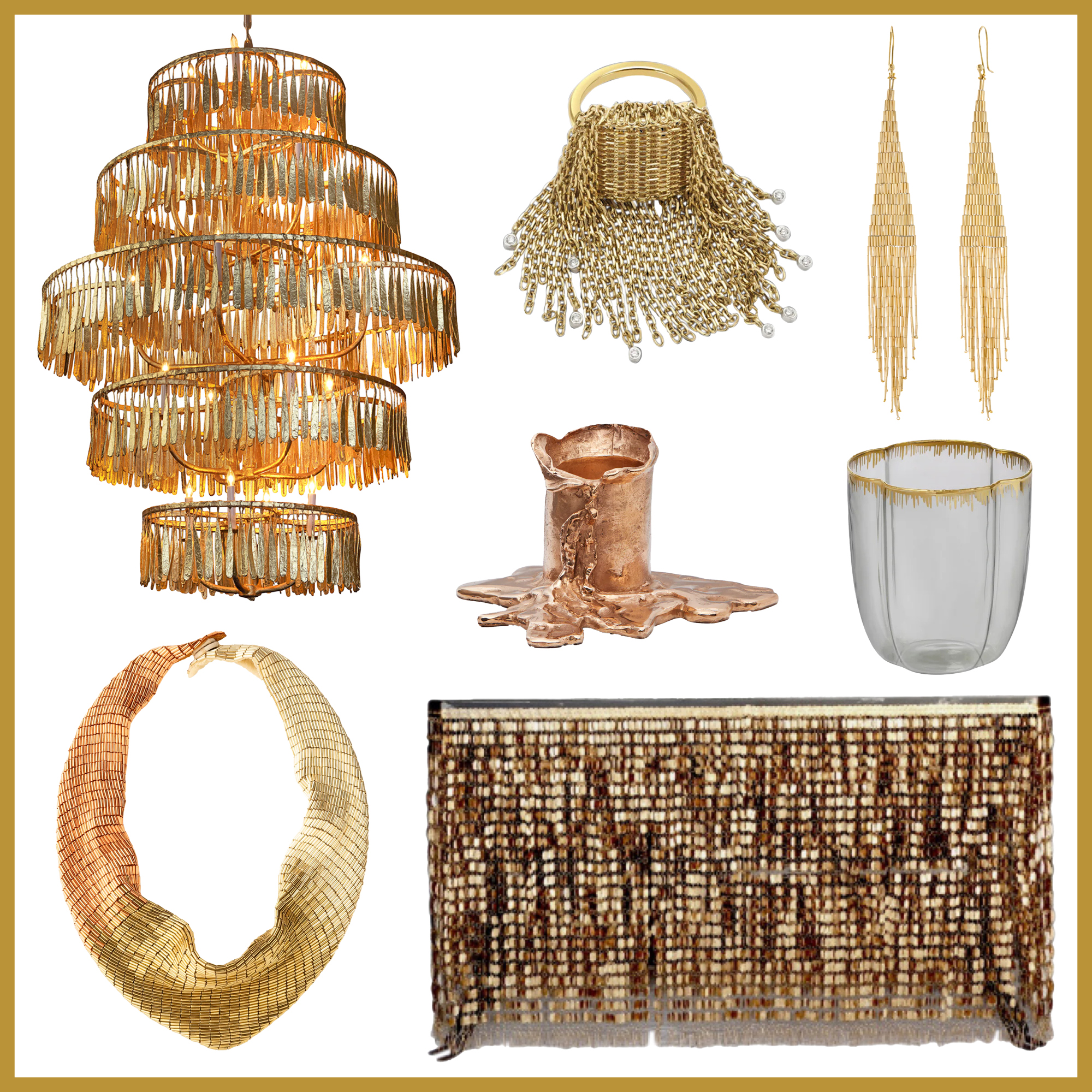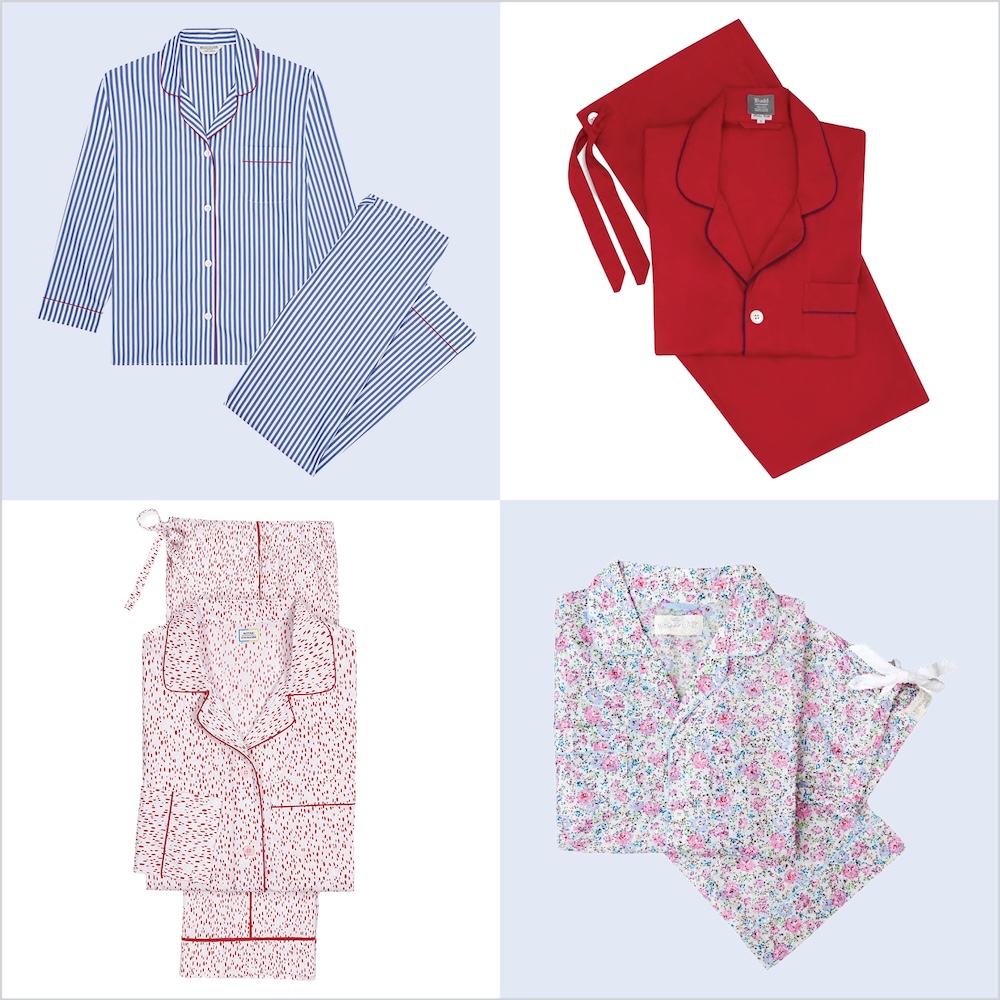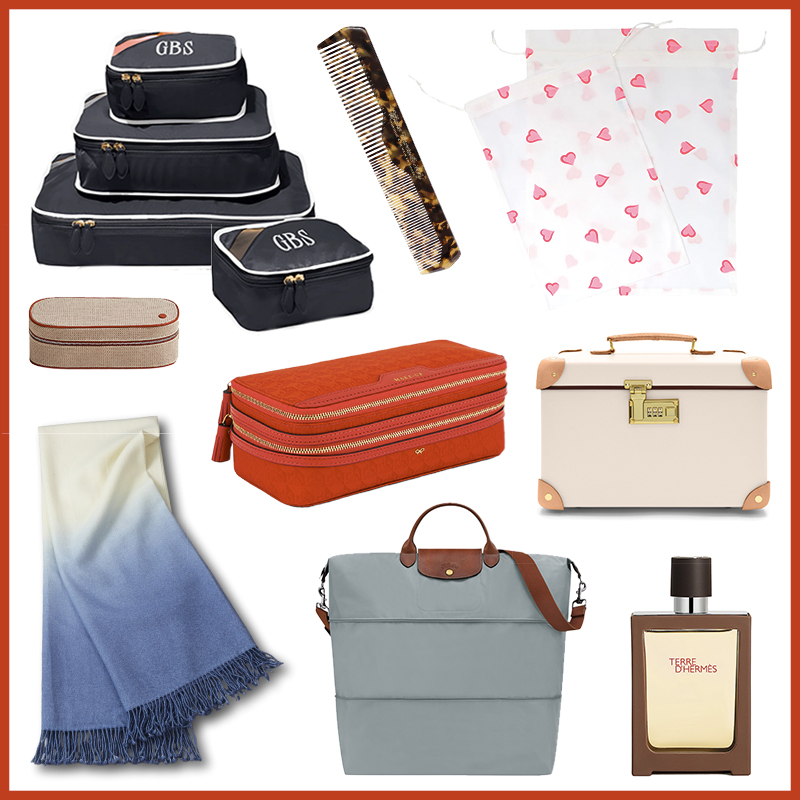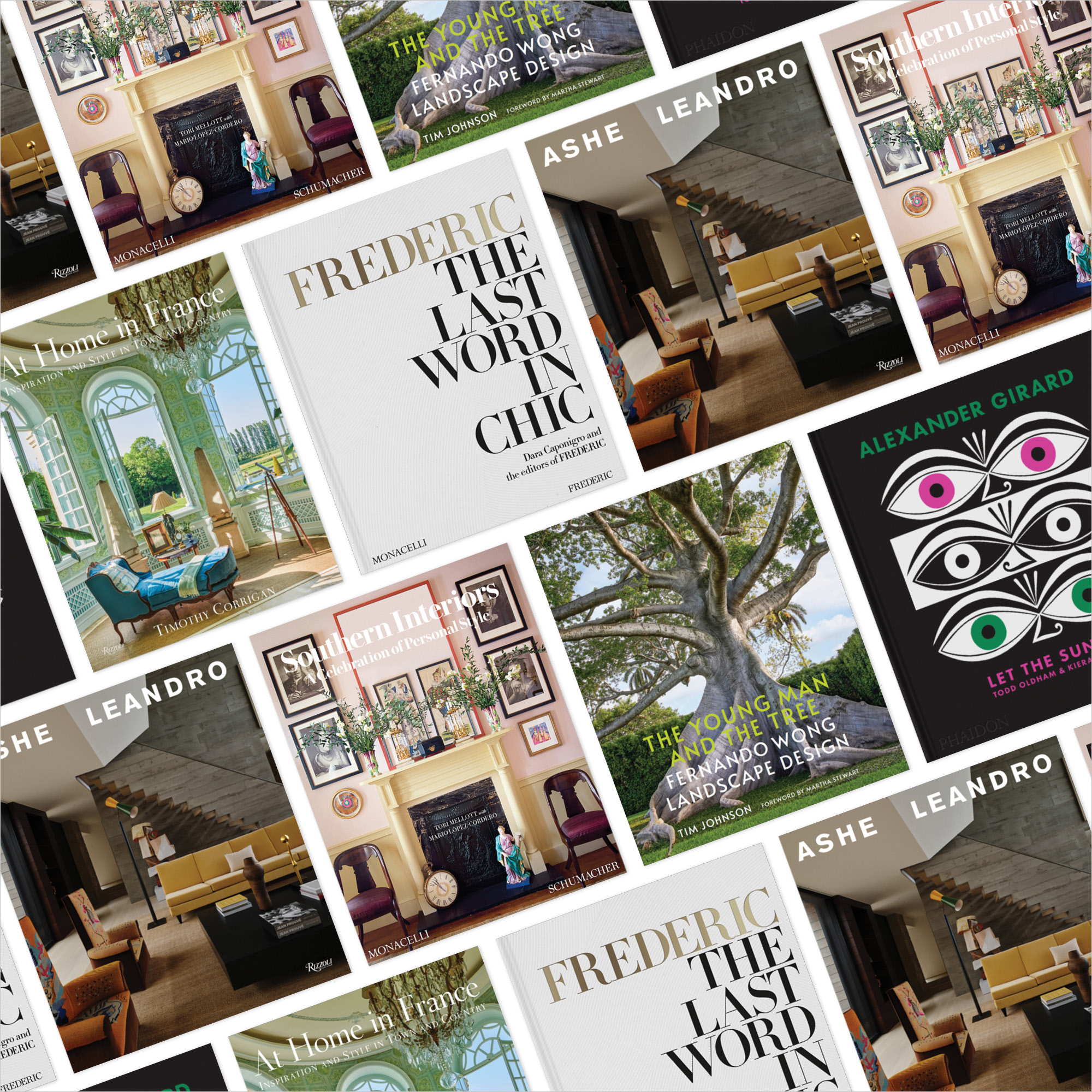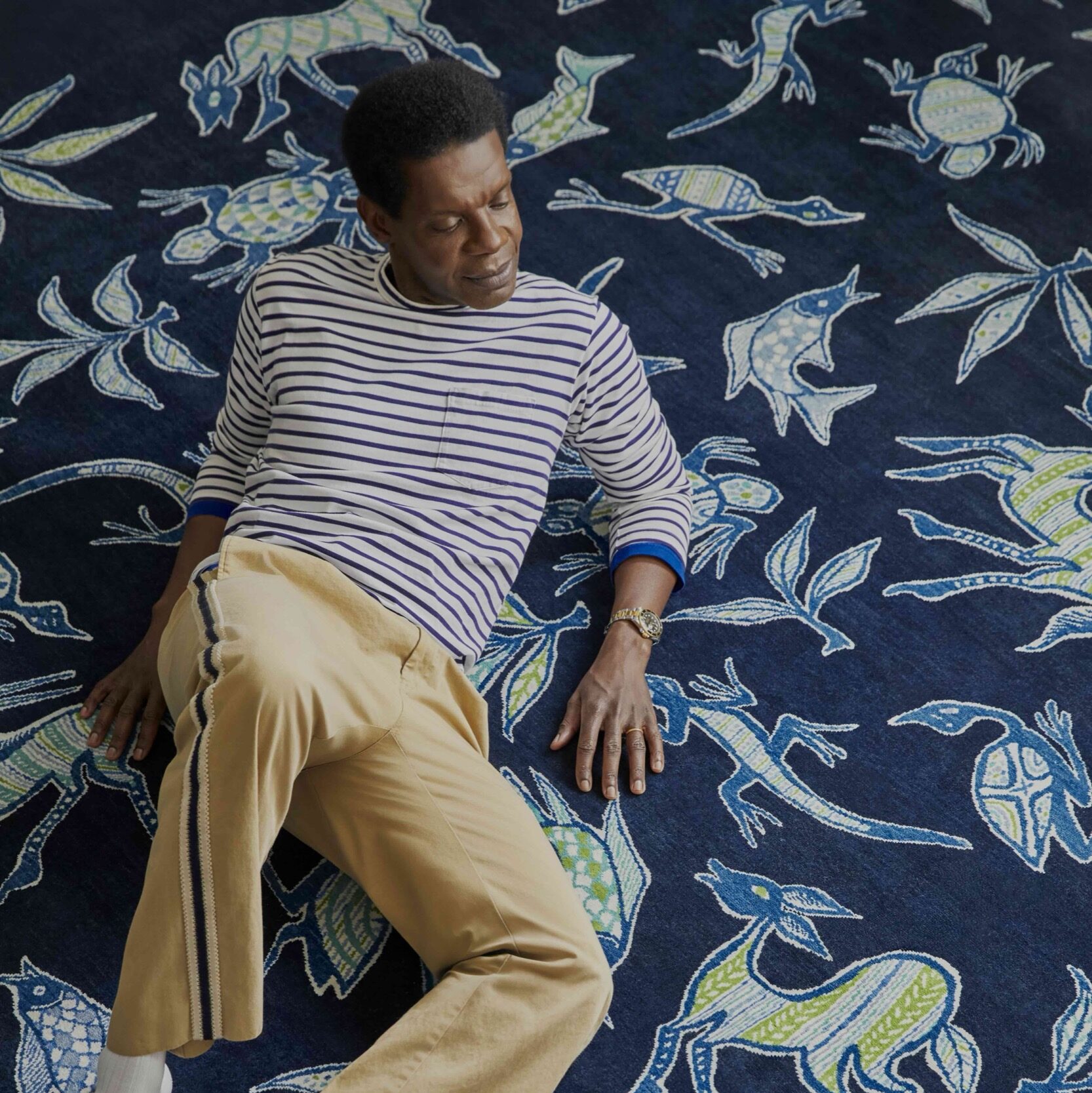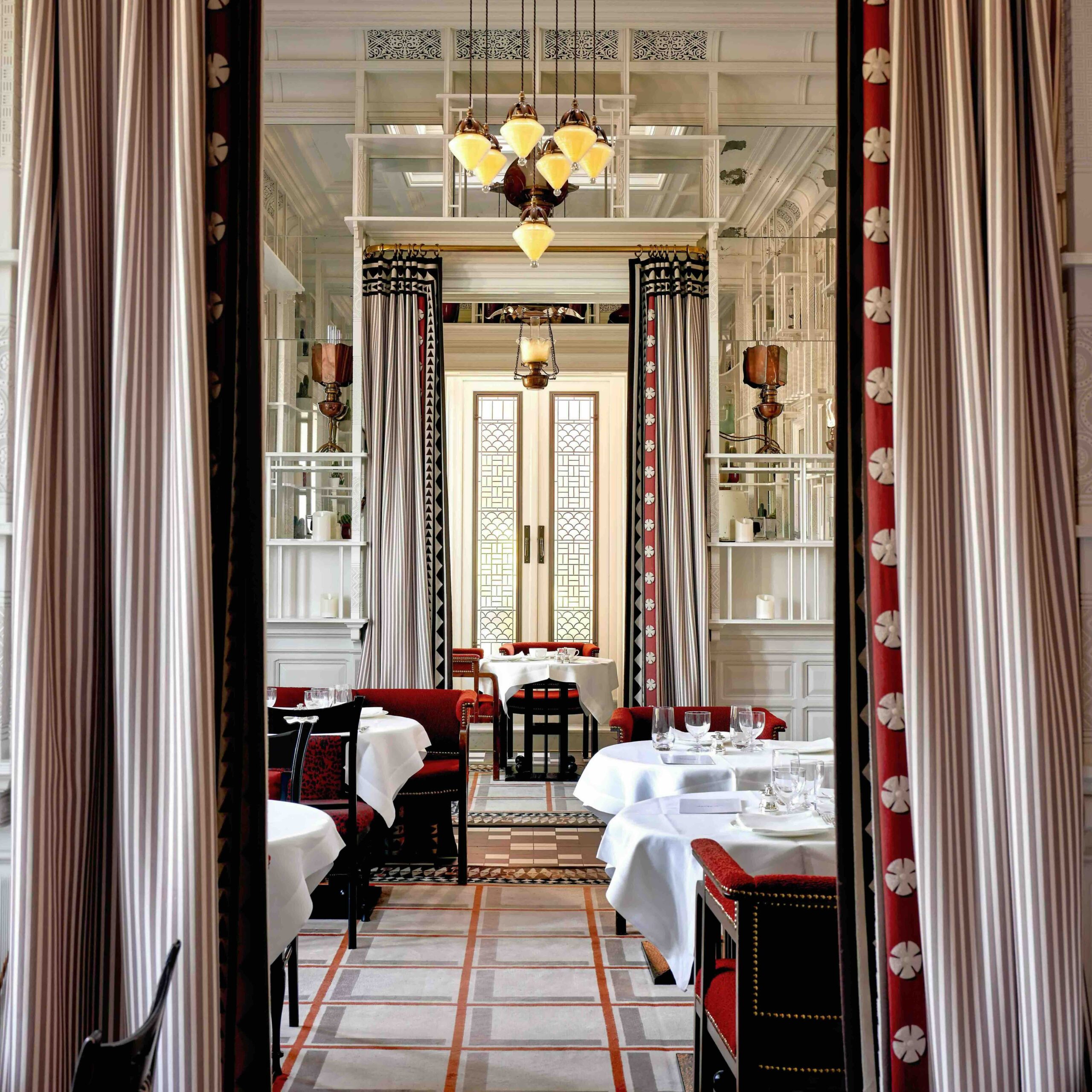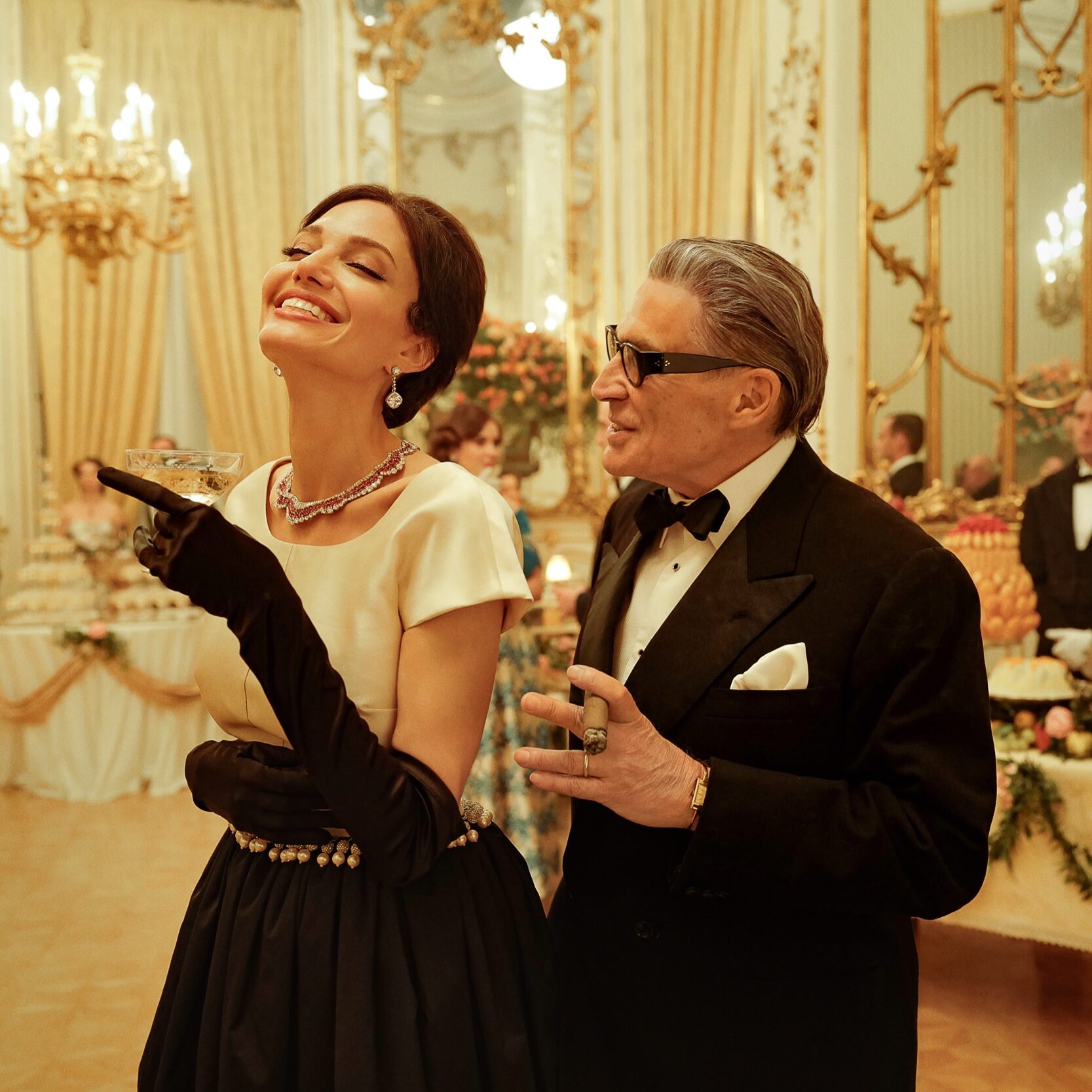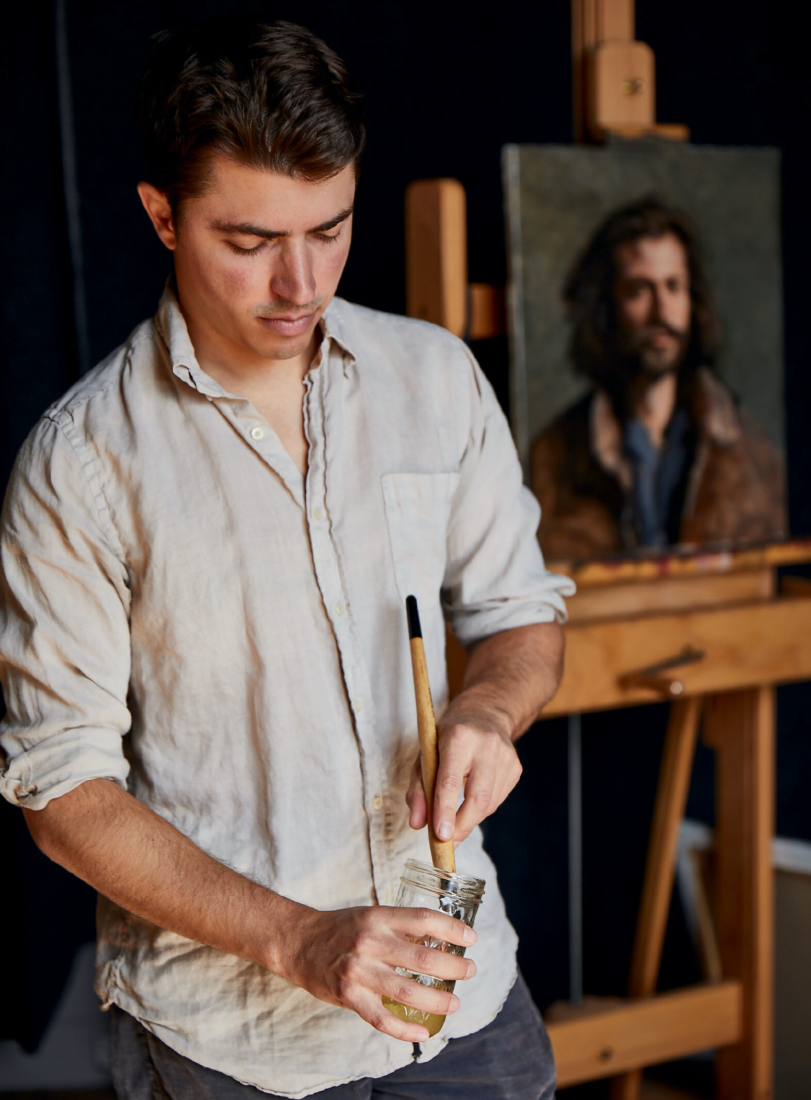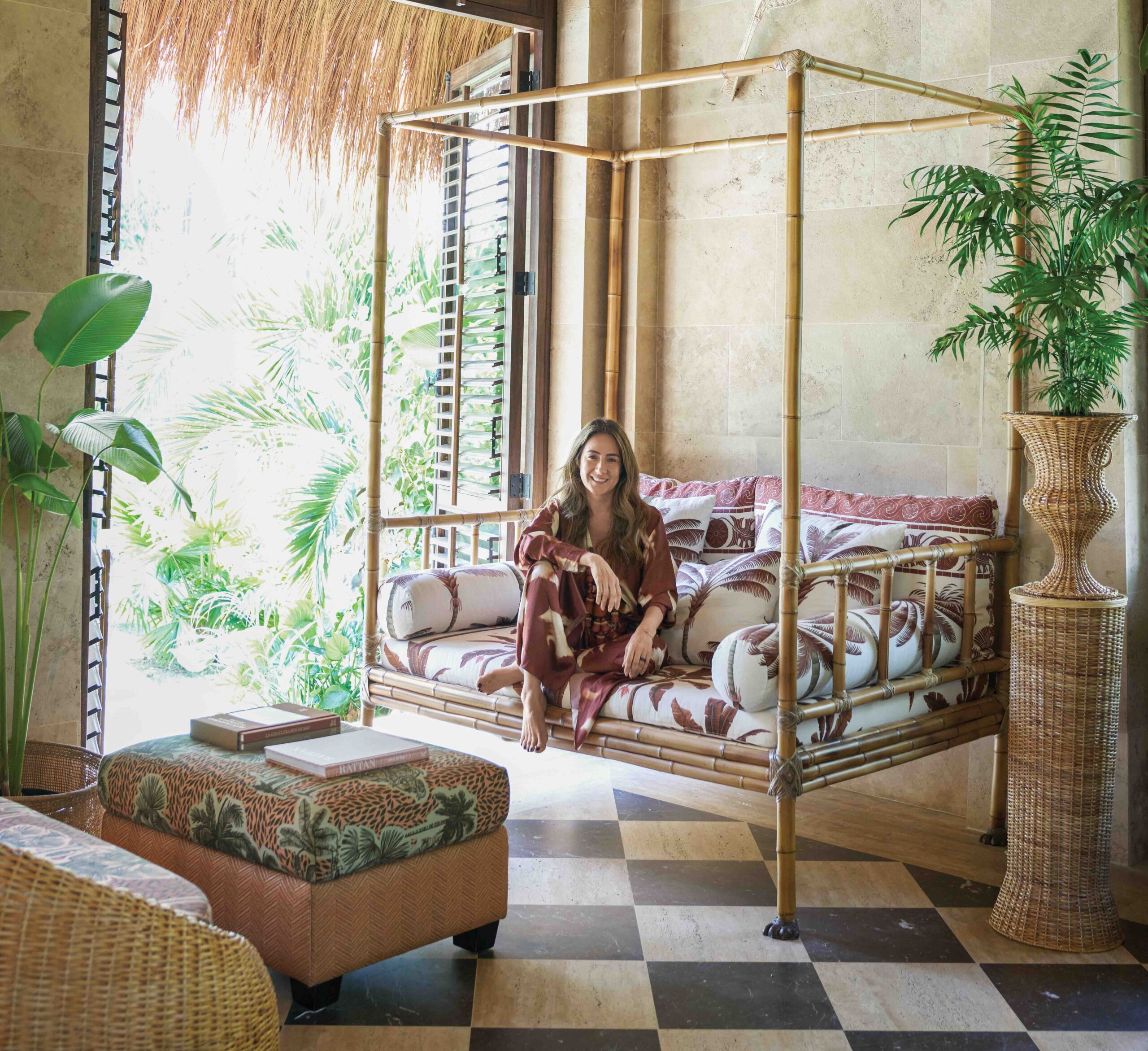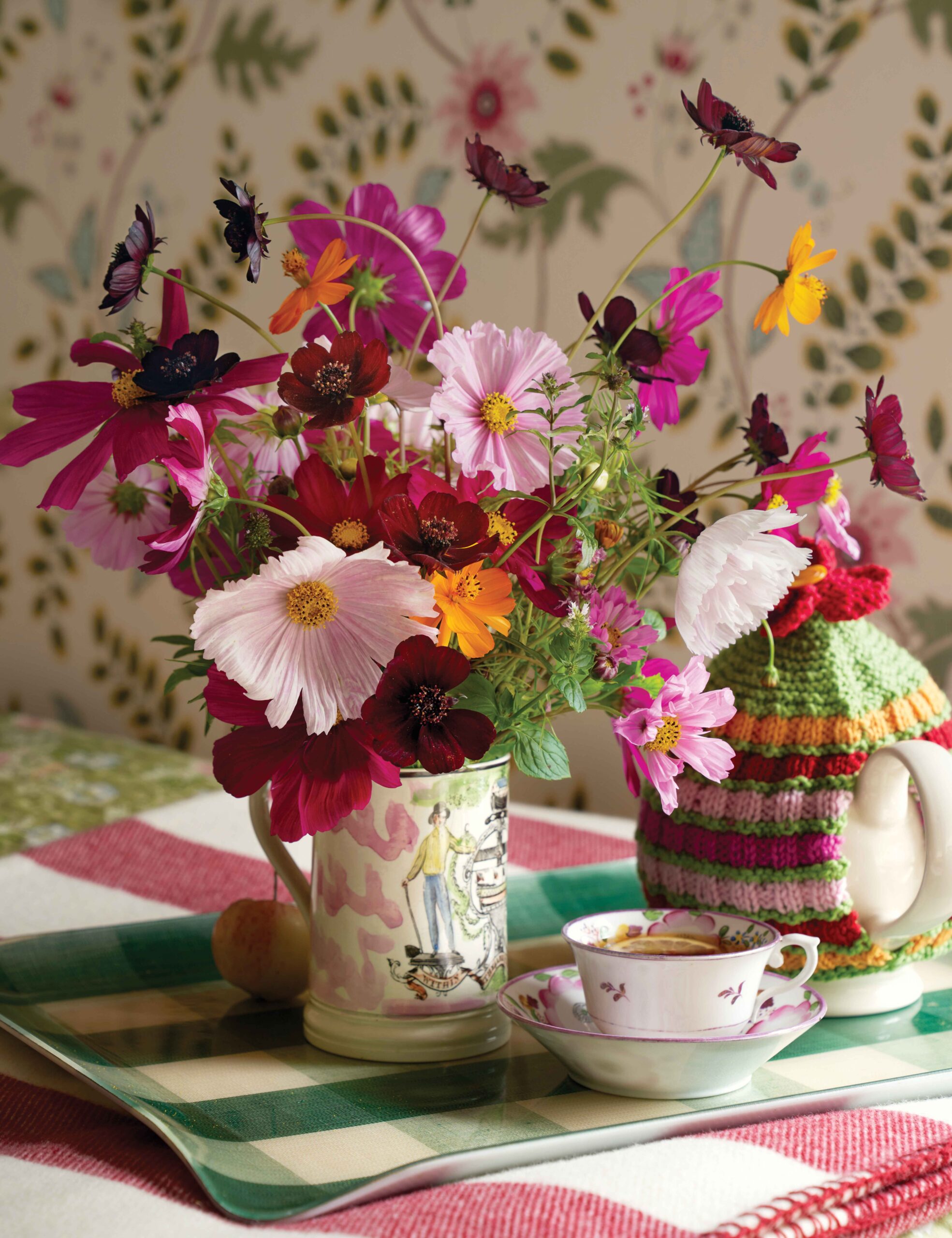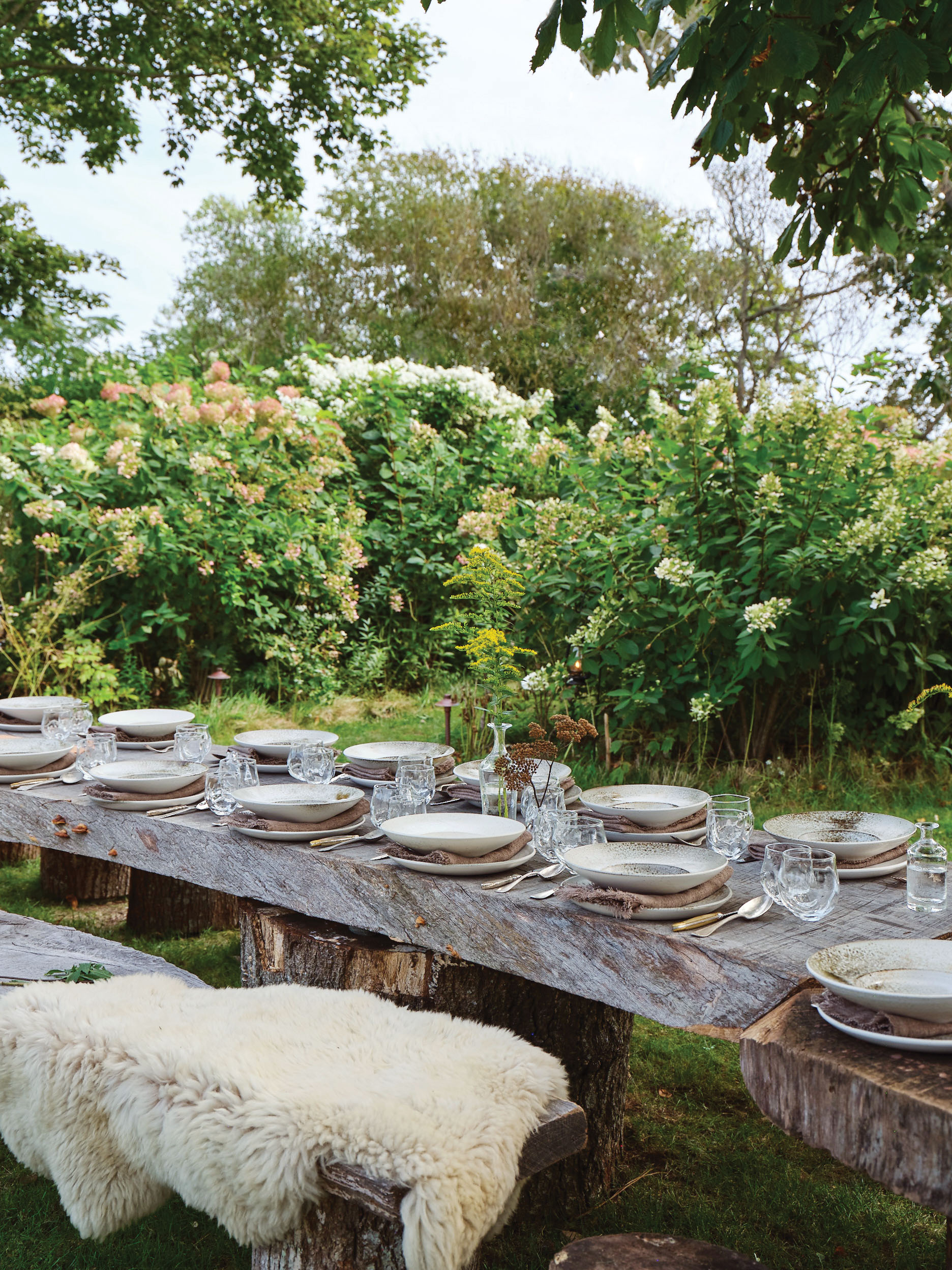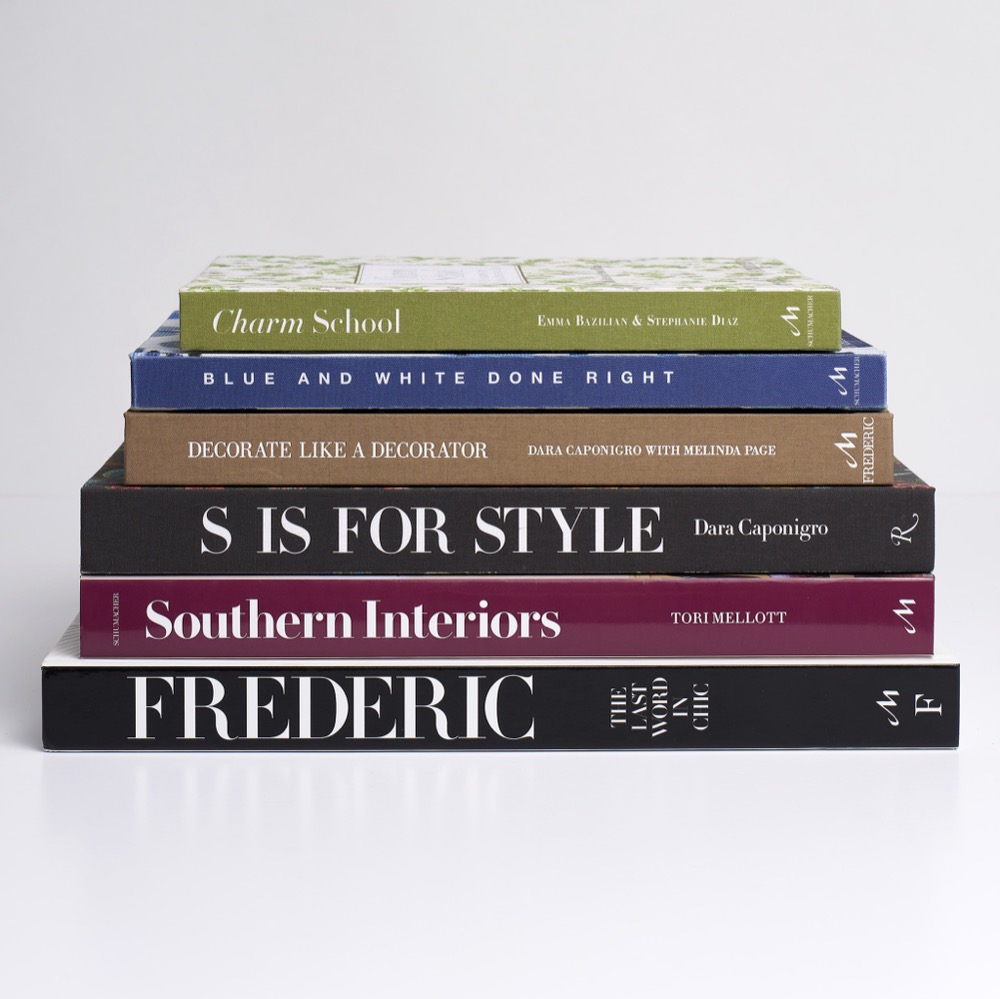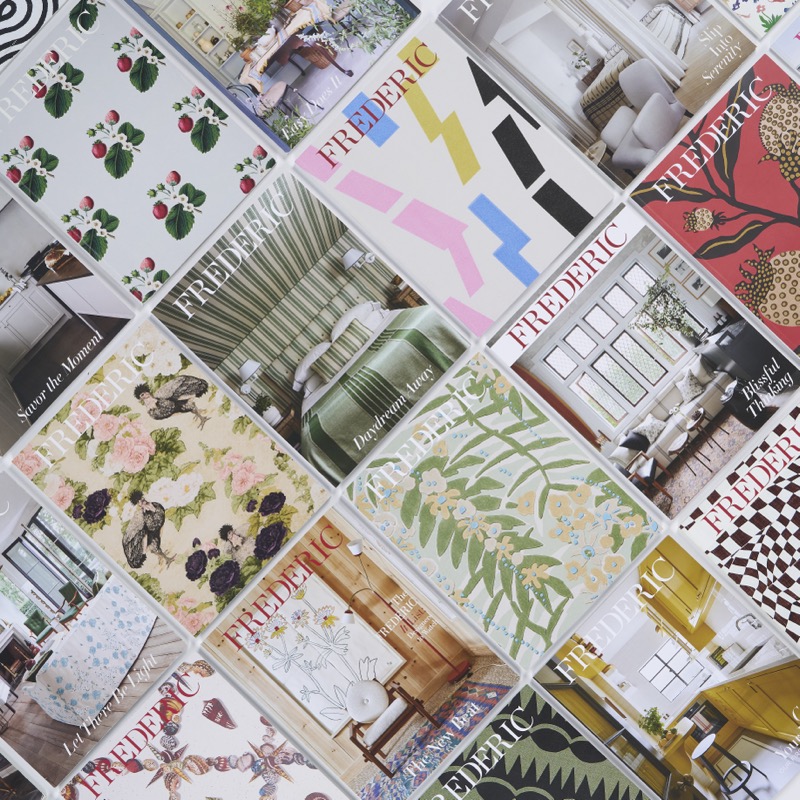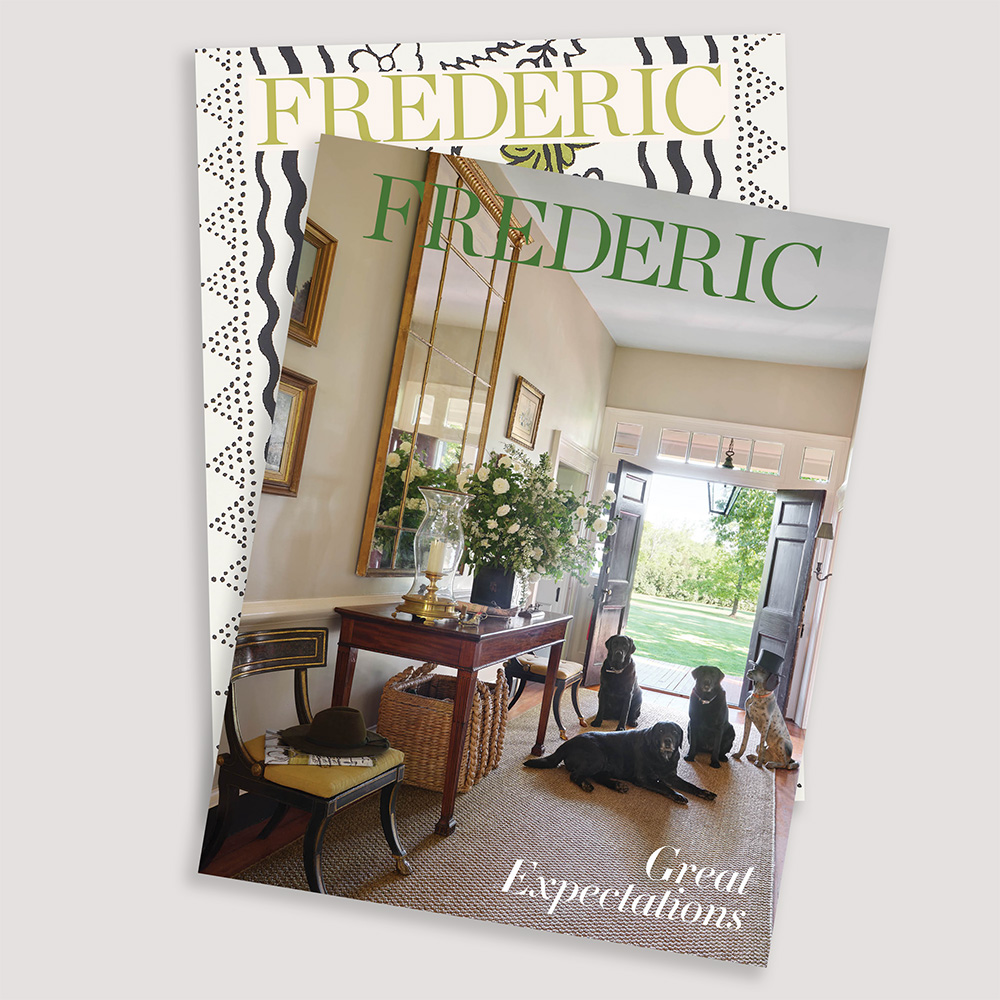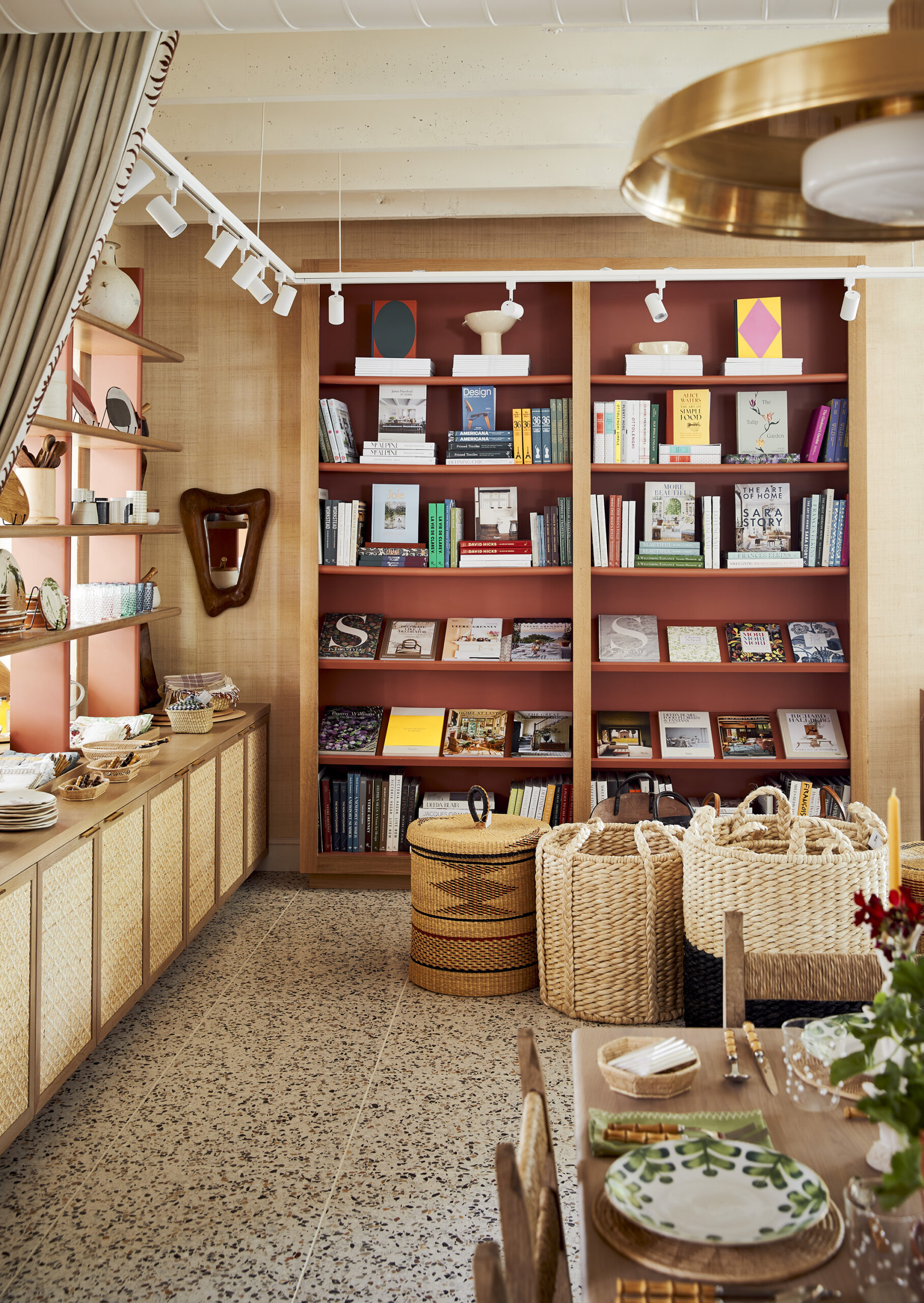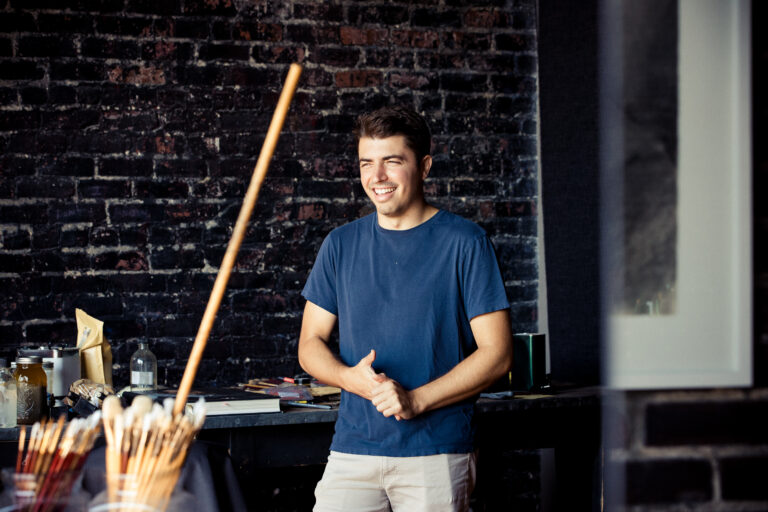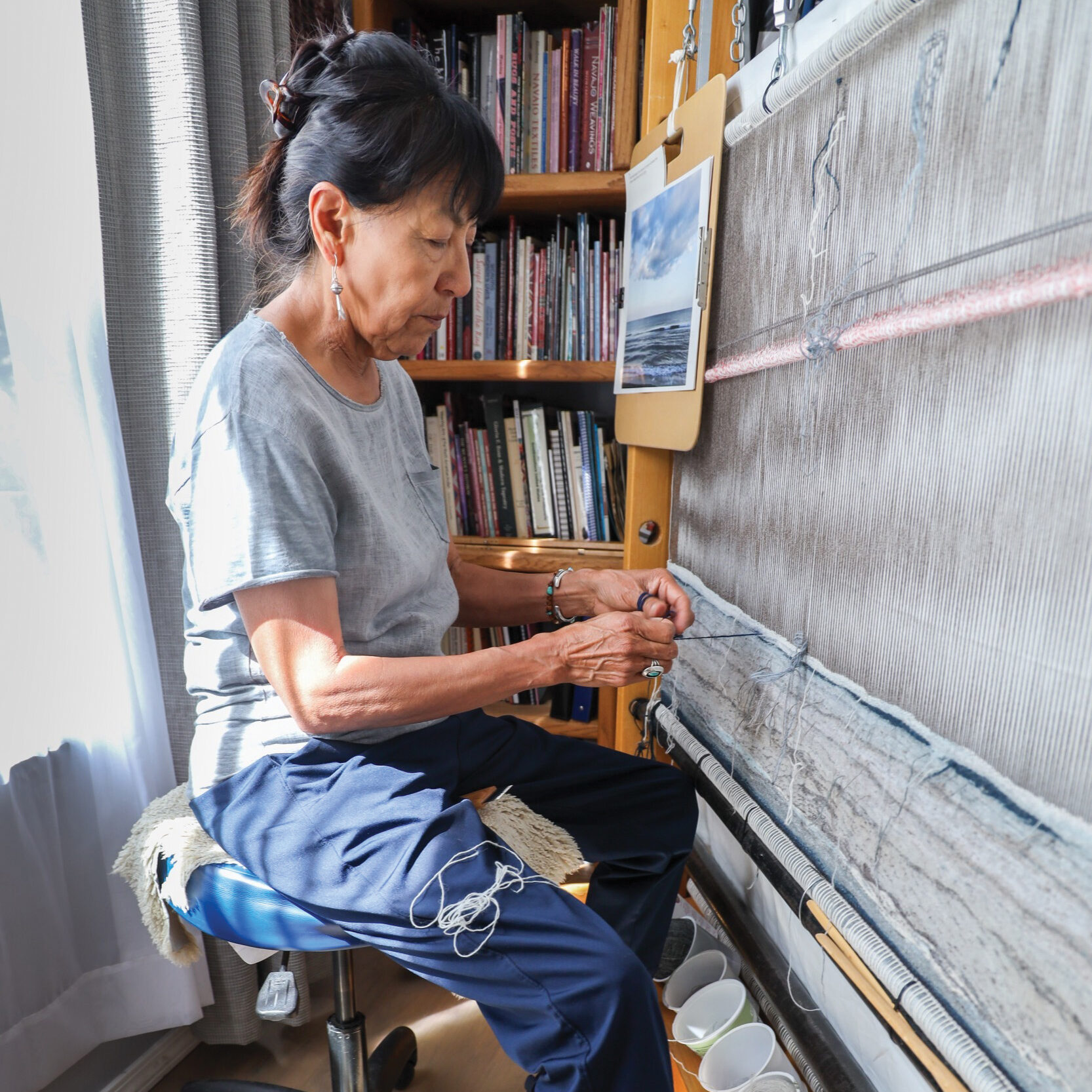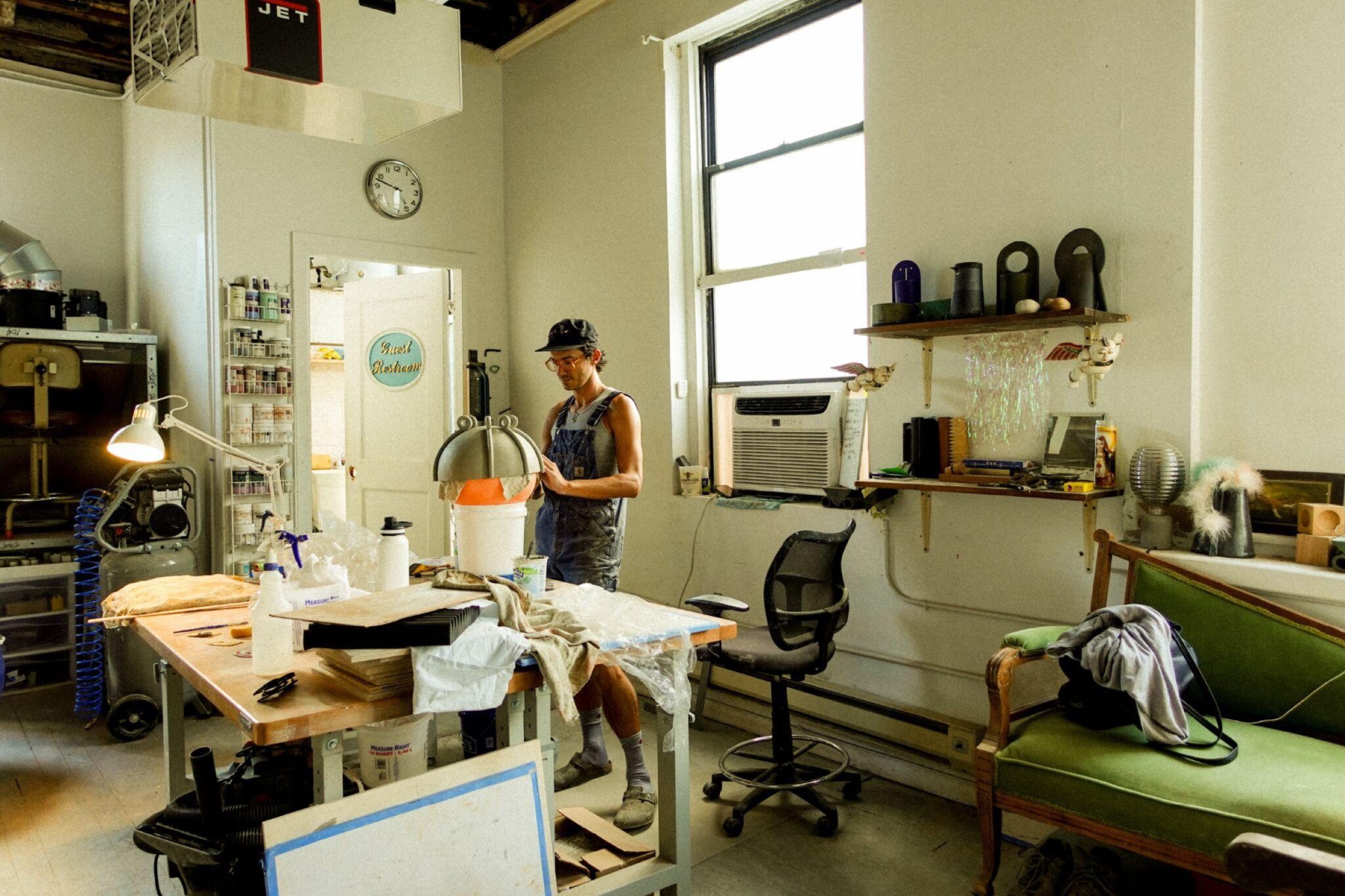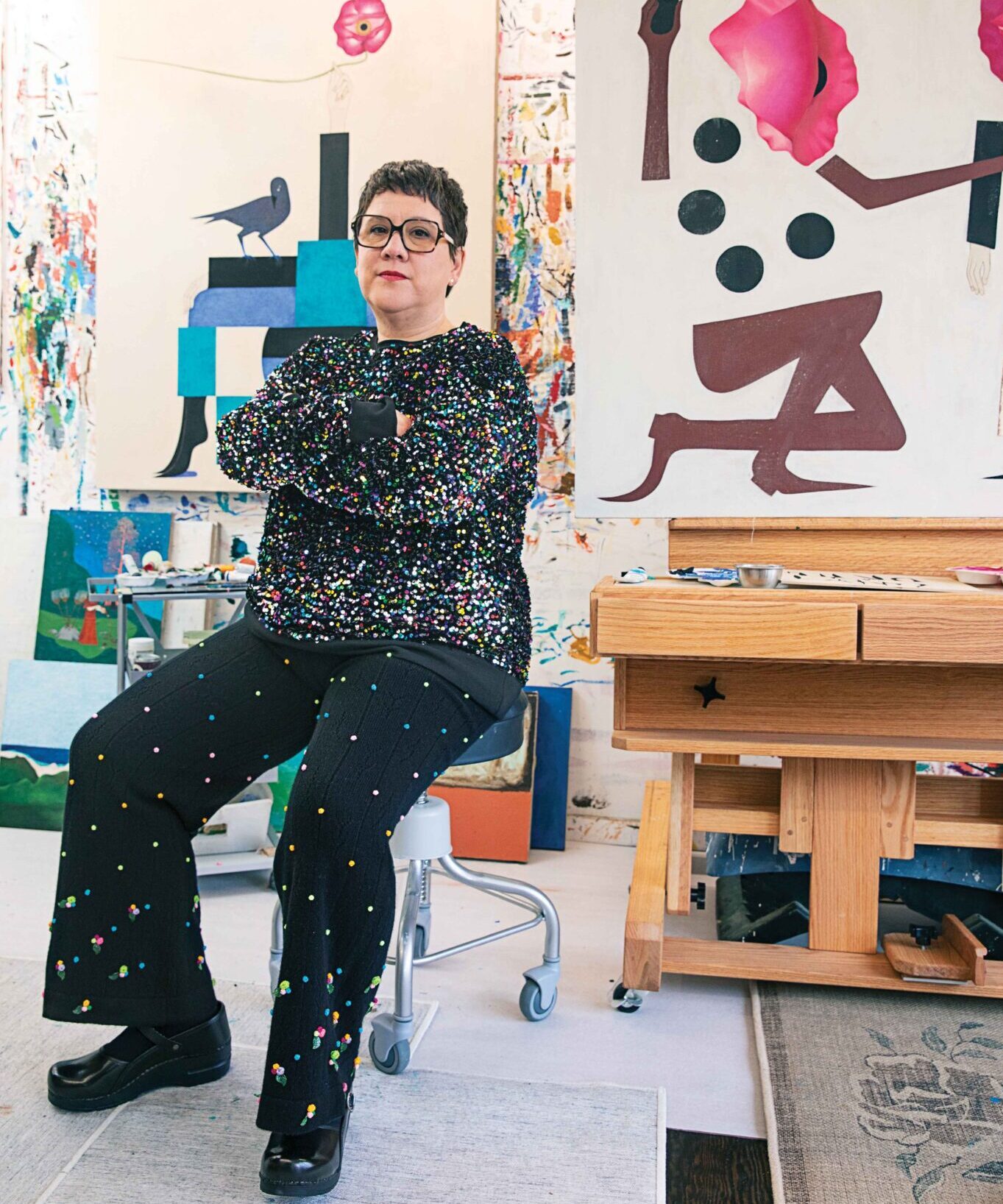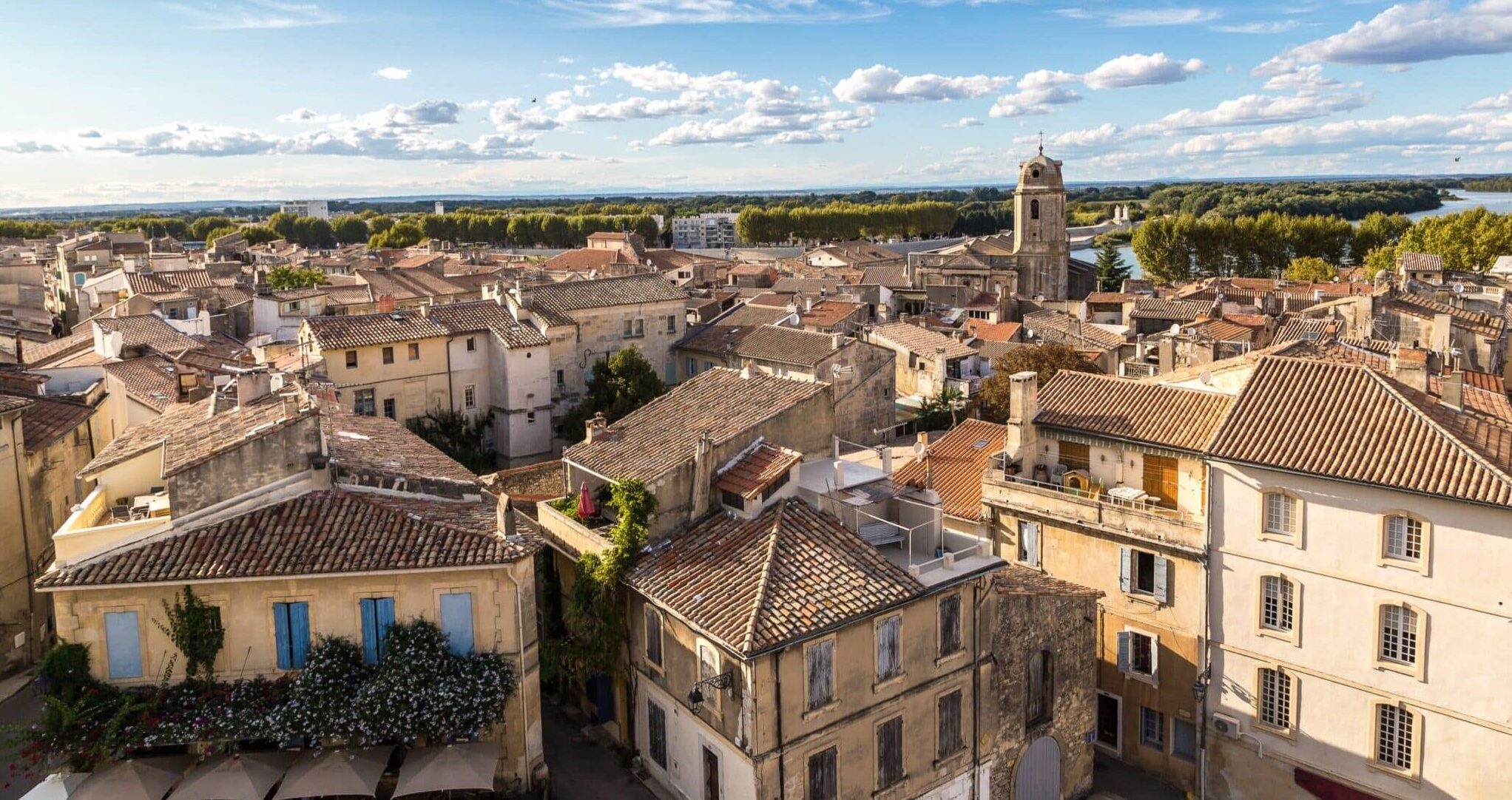When I was first introduced to William Rushton’s work, I was struck by how his pieces felt both old-world and contemporary at the same time. With a rigorous education at the Florentine atelier Charles H. Cecil Studios, loads of personality, and incredible talent, Rushton skillfully distills and translates his subjects into classic masterpieces. Here, the New York–based artist shares his background and creative process, his sources of inspiration, and the story behind his beautiful paintings and sculptures.
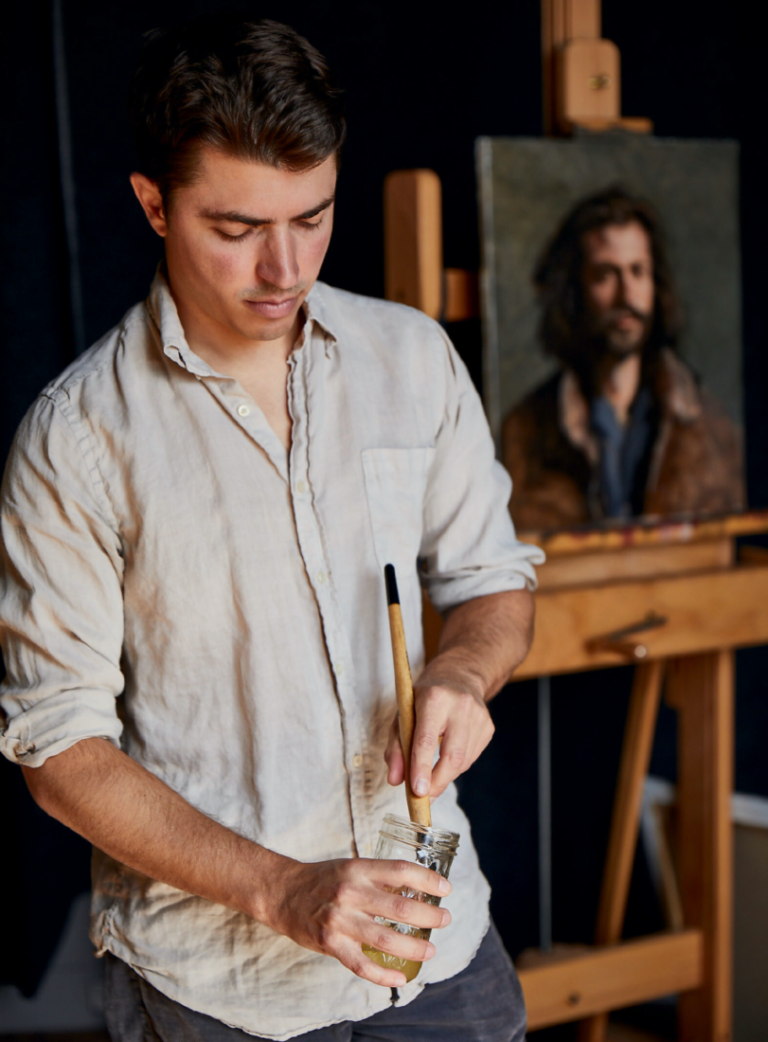
After studying and painting in Florence, Italy, for five years, Rushton began painting in a studio in Birmingham, Alabama.
BRIE WILLIAMSTell us a little bit about yourself and your background.
I’m from Birmingham, Alabama. I loved art growing up, but at Colorado College, I majored in psychology because I didn’t see how art could lead to a job. During my junior year, I studied abroad in Florence, Italy, and took a short course at Charles Cecil Studios, where we did cast drawing and figure drawing, and I loved it. One of my instructors suggested that I come back and do the full-time program. It seemed kind of crazy to me to move to Italy and ditch my psychology career. But I thought about it more and more, and talked to my parents, who said, if you really want to do it, now’s the time.
After I graduated college in 2015, I moved to Florence to do the full-time, three-year program. It’s sort of like an apprenticeship, and that’s how ateliers work in general. Spending five years there as a student and then as an instructor, I was able to do more than just painting and drawing; I also started doing sculpture on the side. I learned pretty much everything I know about painting in Florence. The studio’s founder, Charles Cecil, teaches the “sight-size” method of painting and beyond that, he creates a canon of painters to look at, learn from, and see the connection from one to another.
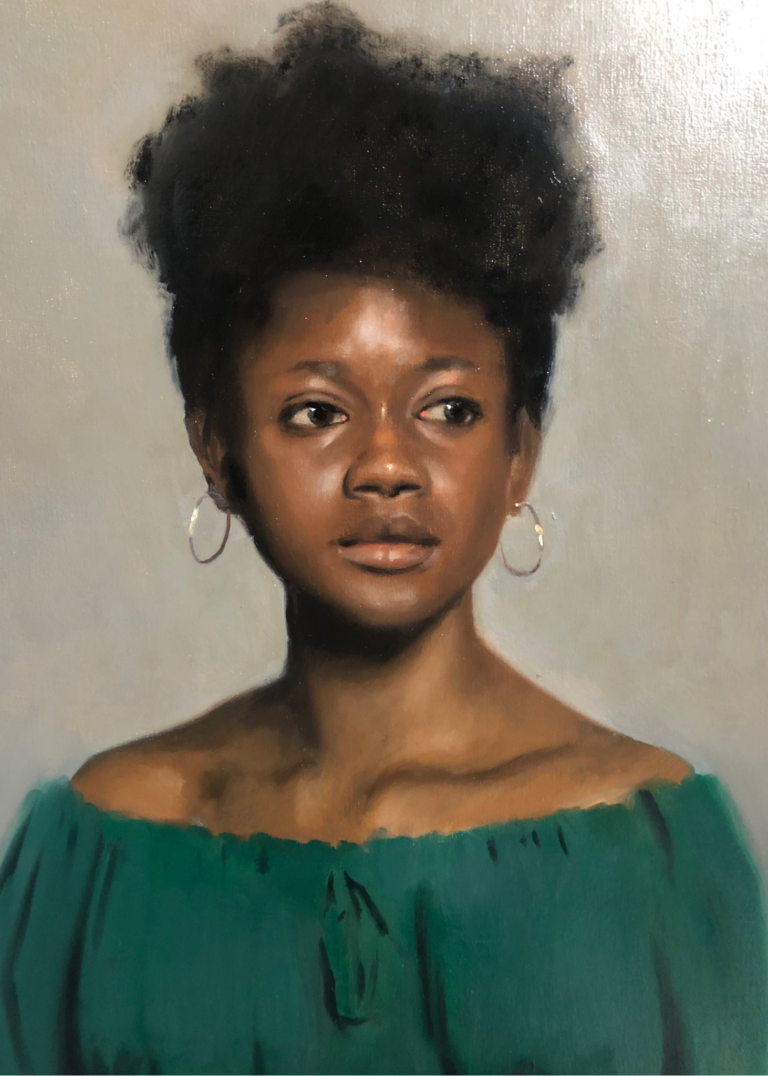
Loredana I, oil on canvas, 2023
courtesy of william rushton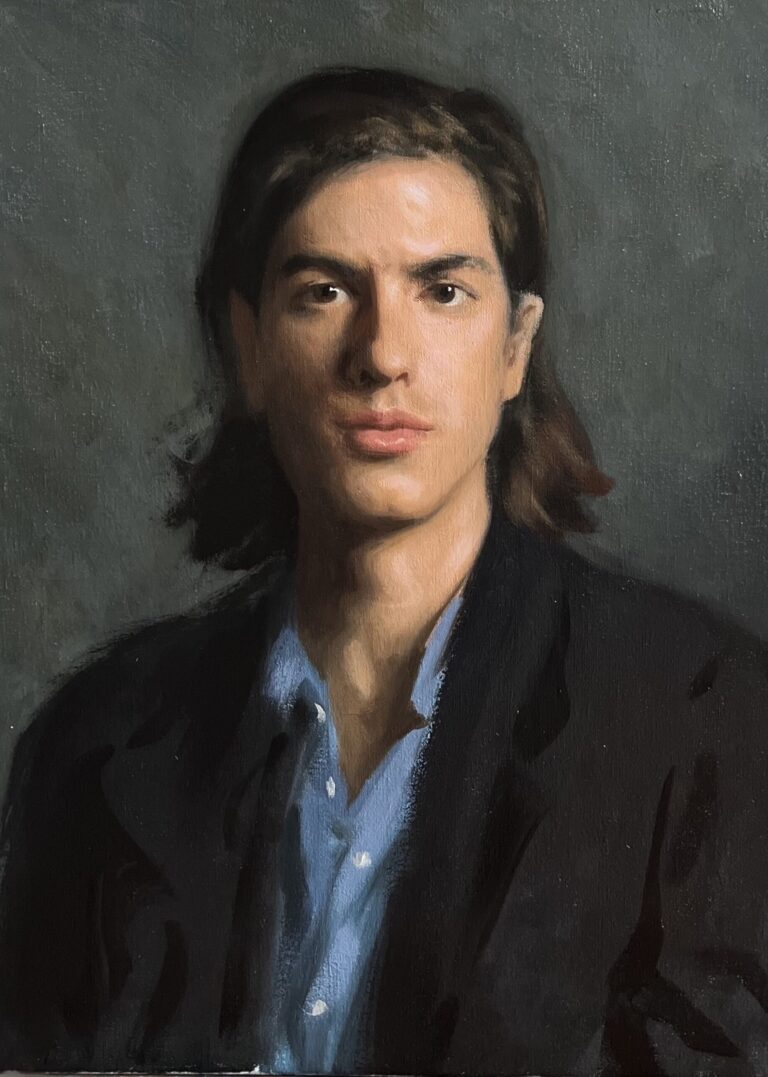
Piero, oil on canvas
courtesy of william rushtonHow would you describe your creative approach to portraiture?
When I think about creative process, it has a lot to do with what John Singer Sargent, Gainsborough, Velasquez, or Titian were all doing, which is finding natural beauty with just light and form, and through interaction with people—not just copying what was in front of them, but using it to create something that was oftentimes even more beautiful than nature or reality. The work is created from life because it’s so observational, but it’s also filled with lots of their own character and imagination. My creative process is still at the point where I just want to master and become really confident with the basics, and then also discover my own natural way of doing things—my own kind of signature.
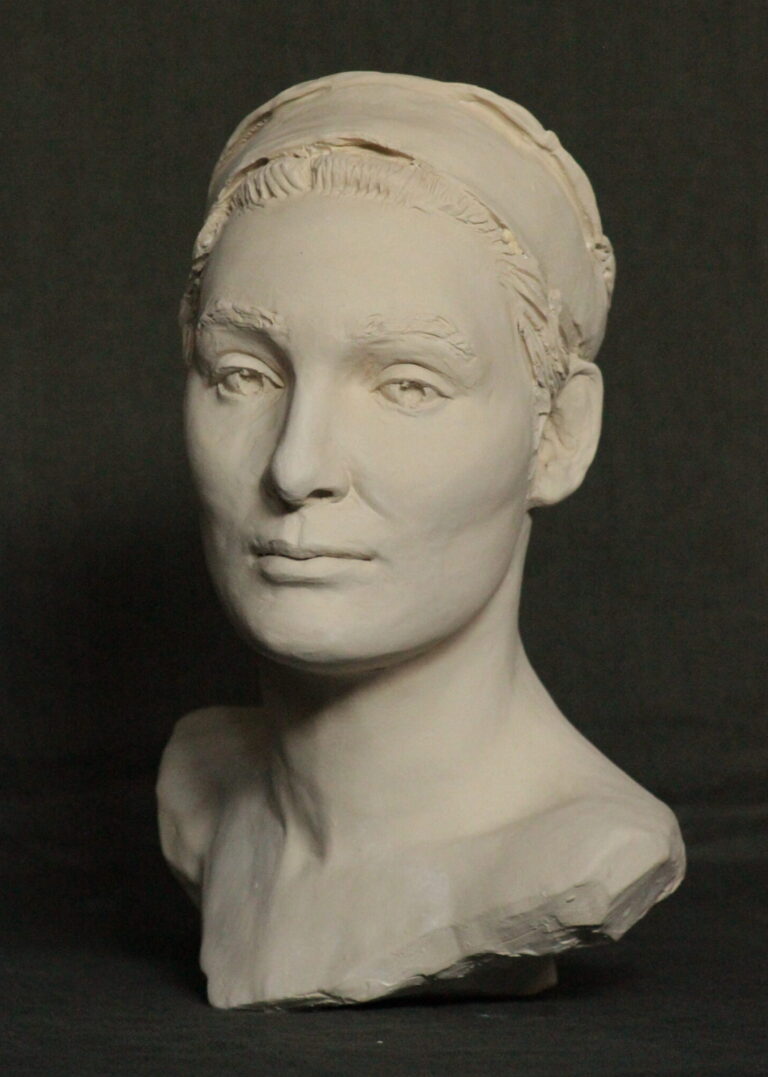
Yasmina, terracotta, 2024
courtesy of william rushton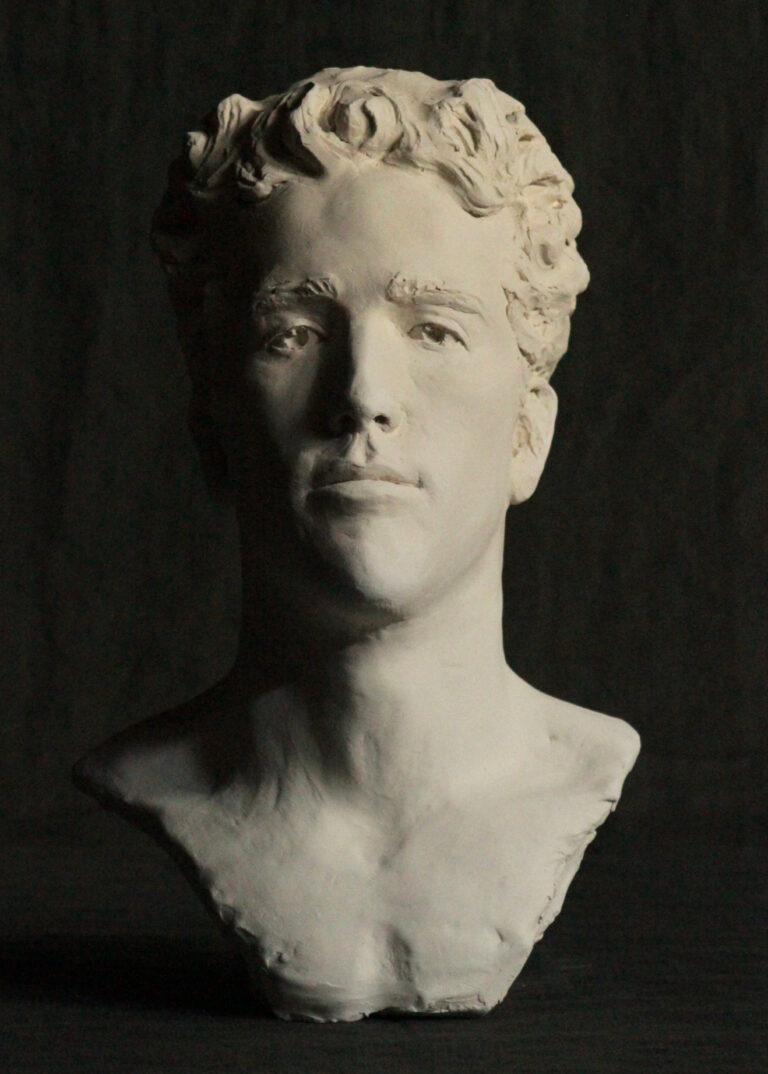
Joshua, terracotta, 2024
courtesy of william rushtonWhere do you look for inspiration?
In Florence, got so much inspiration from the weekly lectures that Charles would give, so since I moved to New York, I’ve been trying to collect images and create sort of an image bank of photos and prints of old paintings. I have a Velasquez book sitting out on my coffee table all the time, and I even ordered another one so I can cut out and frame pages so I can see them in my studio. I’m also not too far from the Metropolitan Museum of Art, so I go there often. I’m trying to start sketching there once a week and see artworks in person. One of my favorite Velasquez paintings, Juan de Pareja, is there. Being able to see it online is one thing, but being able to see it in person is much more powerful.
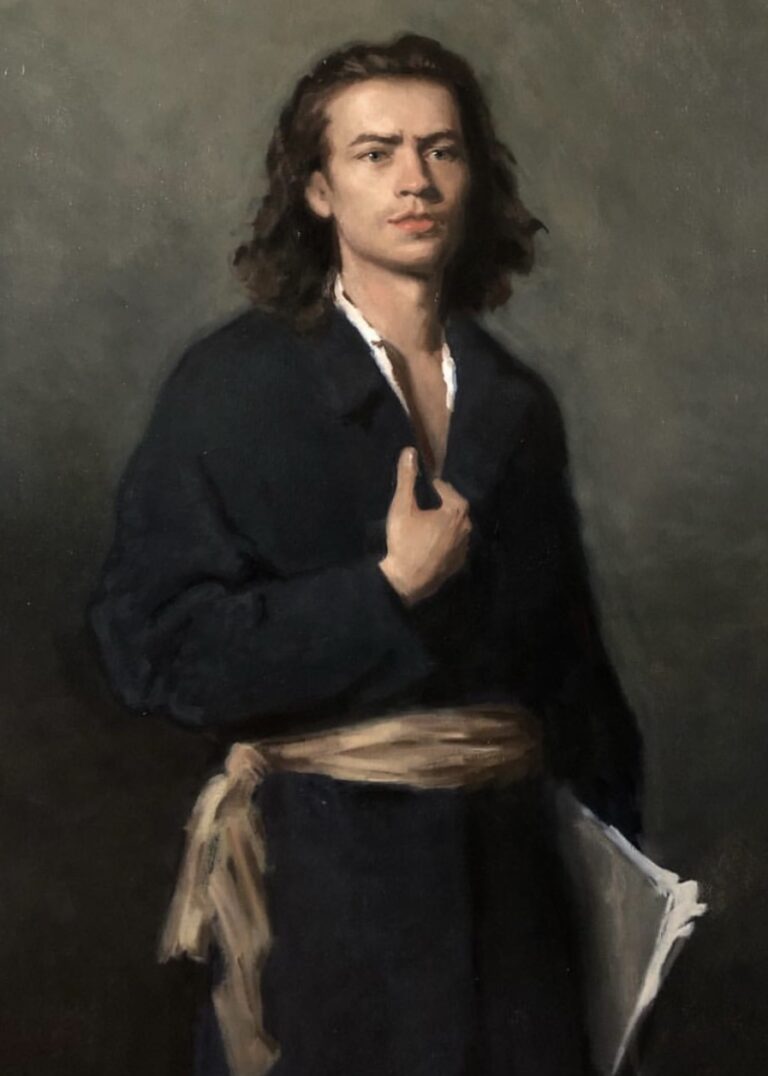
Geoff, oil on canvas
courtesy of william rushton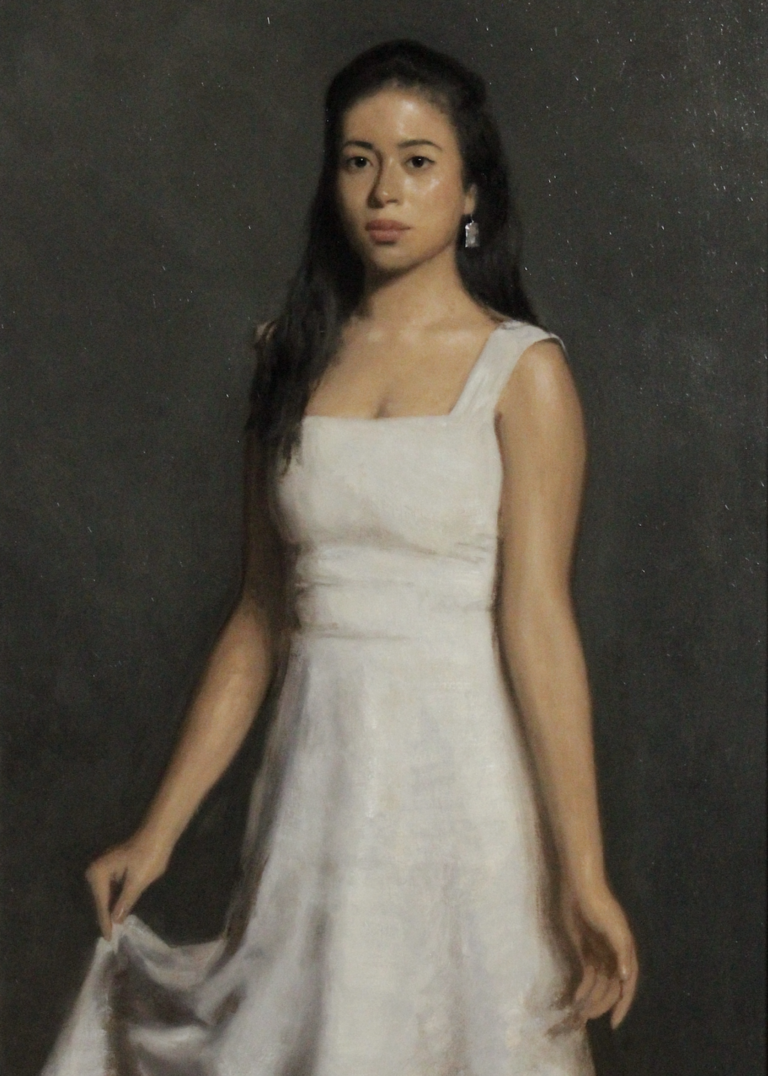
Rominha, oil on canvas
courtesy of william rushtonHow do you deal with creative blocks?
Well, I don’t know if I necessarily have them at this point, because there’s the creative side of painting, and there’s the discipline, just the work of it. I do deal with burnout, where I’m pushing myself for weeks and months on end, trying to do as much as possible to improve. I think you need to add variety to your life or find hobbies that you care about or distractions, so that you’re not only thinking about work and your career, otherwise you’ll go crazy.
One thing that’s made a huge difference is that I try to divide my schedule between painting and sculpture. They’re similar, but they’re also completely different: One is dealing with paint, one’s dealing with clay; one’s dealing with color, and one’s not. I can go do this other thing and I’m reinvigorated. It’s a great way to avoid burnout and stay excited.
